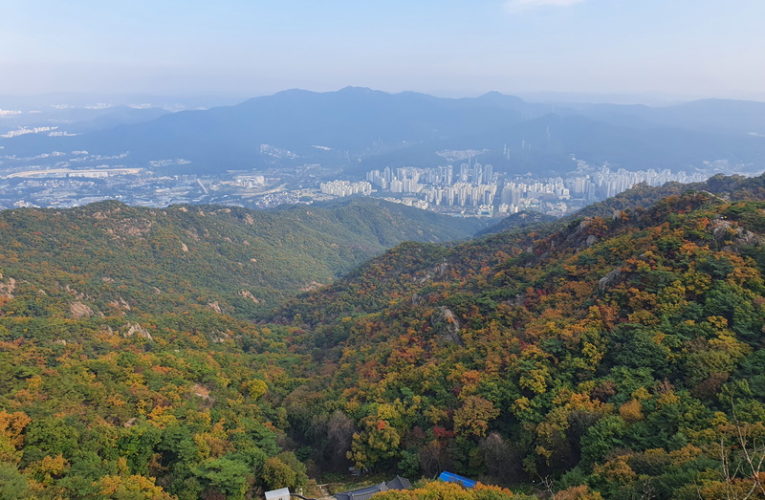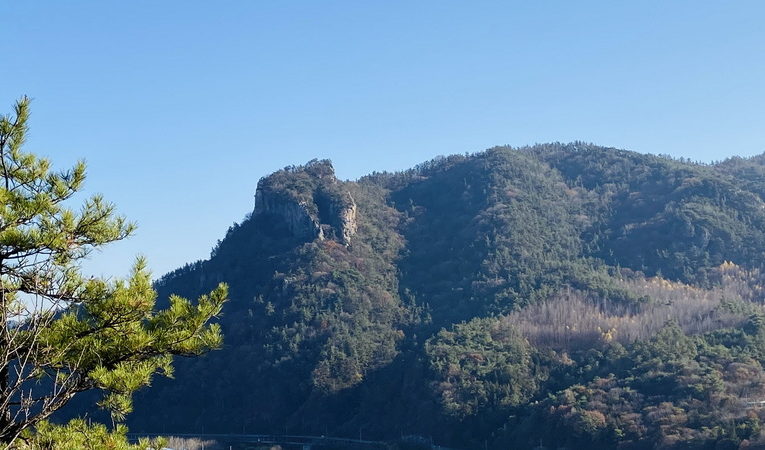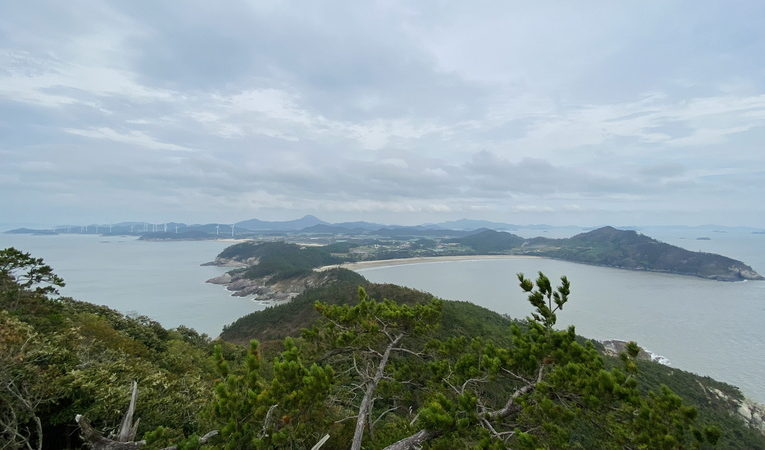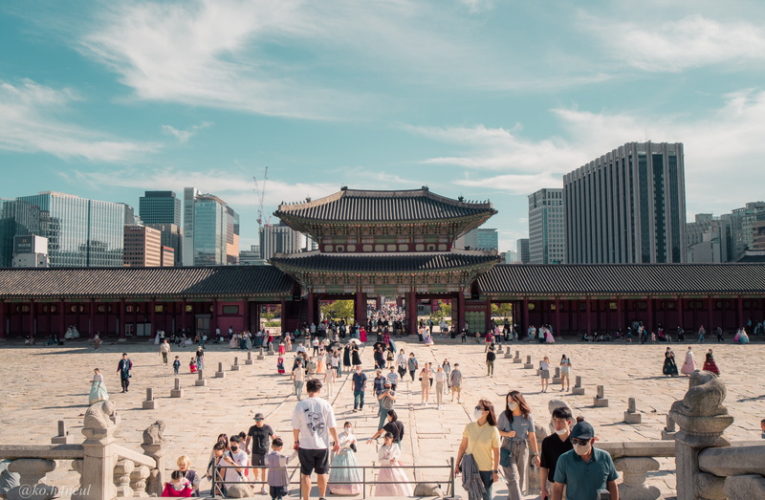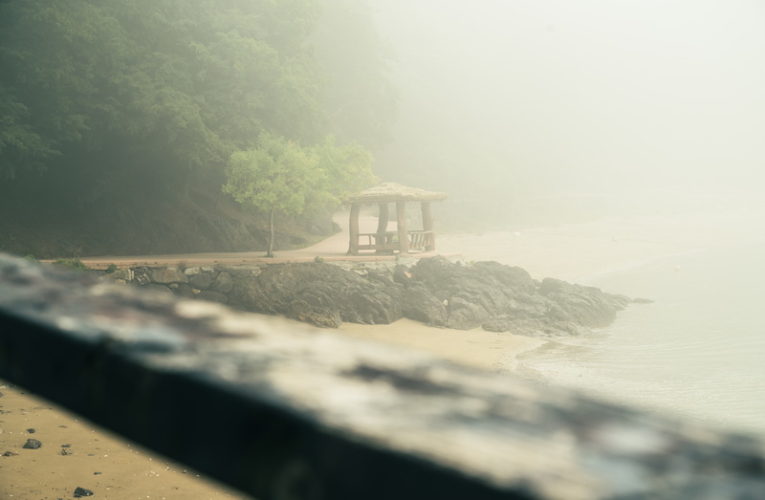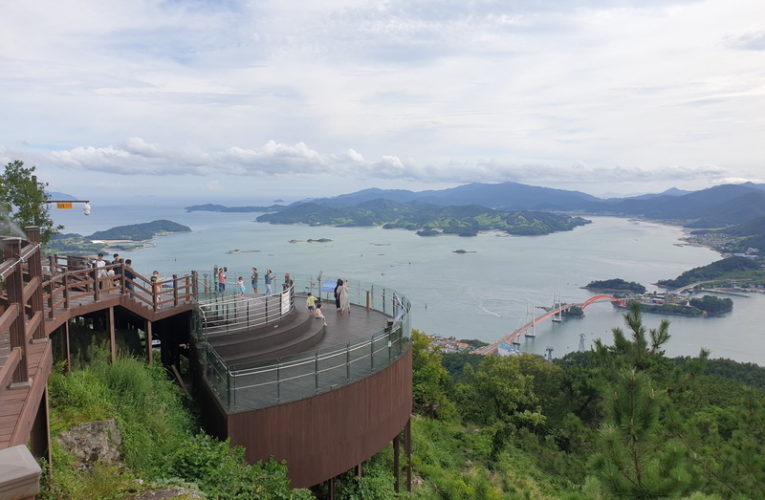Beyond Bukhansan
In fact, arguably the first mountain you’d think of when South Korea comes to mind is Bukhansan, nestled in its eponymous national park spread out over 30.86 square miles along the northern periphery of Seoul. Unsurprisingly, it tops most peoples’ to-do list and would likely be your first port of call as a hungry hiker newly moved here. But there are many more mountains to be explored beyond Bukhansan.







